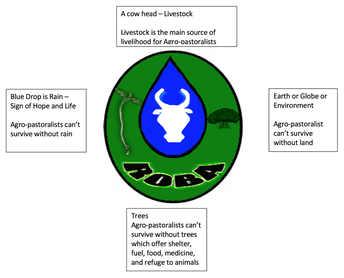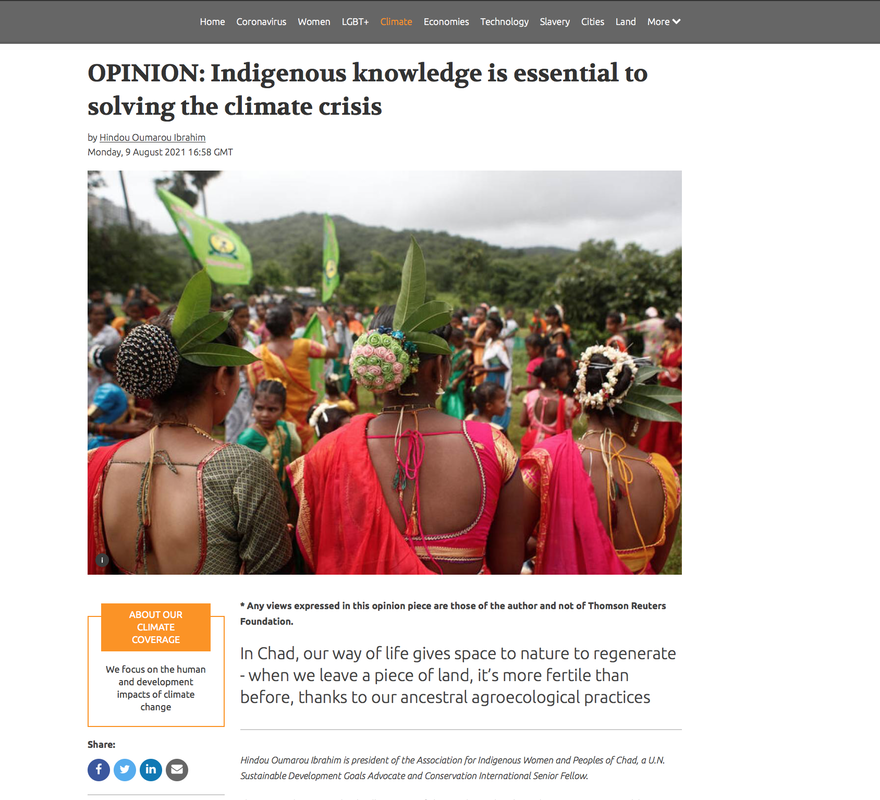The ethos of this ecological project might be best summarized by the Oromo phrase:
Kan dar be yaadatani, isa gara fuula dura itti yaaddu
by remembering the past, the future is remembered
Kan dar be yaadatani, isa gara fuula dura itti yaaddu
by remembering the past, the future is remembered


